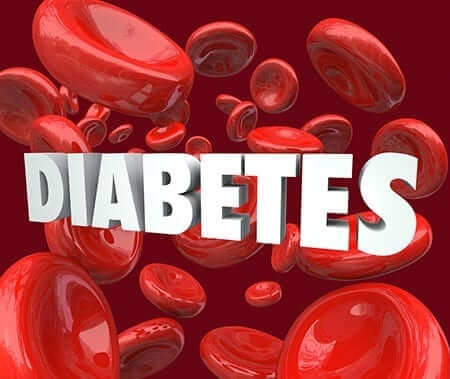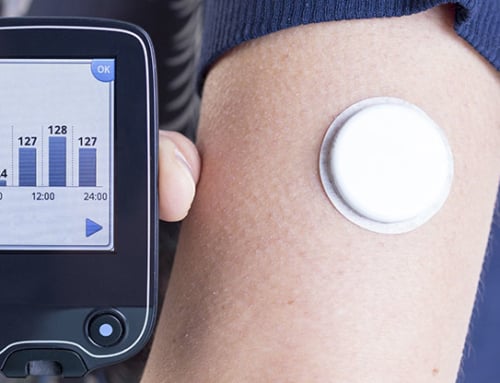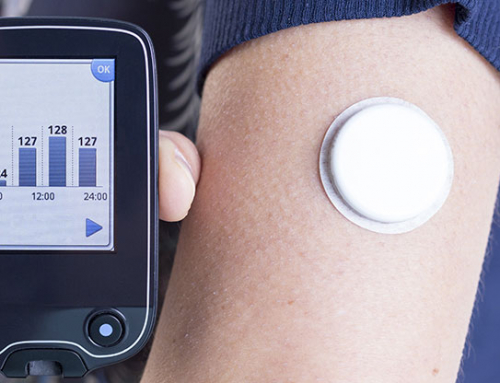Diabetes is a metabolic disorder that affects the way your body uses digested food for energy. The pancreas produces insulin to get glucose from food into your cells. People with Type 1, Type 2 or LADA diabetes produce little or no insulin or cells do not respond properly to the insulin produced. These three types of diabetes have some similarities but are distinctly different.
- In people with type 1 diabetes, the immune systems attacks and destroys the cells in the pancreas that produce insulin. As a result, the pancreas produces little or no insulin. People with Type 1 diabetes must take several times a day. This autoimmune disease develops most often in children but can appear when you are any age. Symptoms include weight loss, thirst, urination, fatigue, constant hunger and blurry vision. In the United States, about 5-10 percent of diagnosed diabetes is type 1.
- About 90-95 percent of the people with diabetes have Type 2 diabetes. The disease is associated with family history of diabetes, obesity, older age, lack of physical activity and certain ethnicities. The pancreas typically produces enough or too much insulin but the body cannot effectively use it. After a period of insulin resistance, the production of insulin decreases. Symptoms develop gradually and include blurry vision, weight loss, fatigue, frequent urination, hunger, thirst and wounds that heal slowly. Initial treatment includes meal planning, physical activity and may include oral medication.
- Latent autoimmune diabetes in adults (LADA) is also referred to as type 1.5 diabetes. A person with this disease shows signs of type 1 and type 2 diabetes. Usually diagnosis happens after the age of 30. Up to 10 percent of people diagnosed with type 2 diabetes actually have LADA. Some researchers feel it is a slowly developing form of type 1 diabetes. During the early stages, people with LADA still produce insulin and do not need insulin injections. Blood sugar levels are controlled through physical activity, diet and oral medications. As LADA progresses, the pancreas may no longer be able to produce insulin because the immune system attacks and destroys the cells. This resembles type 1 diabetes and they will require insulin injections.
- People with LADA have a lack of family history of type 2 diabetes, positive antibodies and show a slow increase in insulin requirements. Their ability to make insulin gradually decreases. Often LADA is misdiagnosed as type 2 diabetes. Using blood glucose meters regularly helps you track the progression of diabetes to address concerns with your doctor.
- The major difference between type 1 diabetes and LADA is the gradual progression of the disease. People with type 1 diabetes are usually dependent on insulin immediately upon diagnosis. However, people with LADA can be treated without exogenous insulin for a period of time.
- Typically the older you are when you are diagnosed with Type 1 diabetes, the longer it takes for your system to destroy the cells that produce insulin. A child becomes dependent on insulin more quickly than a middle-aged person.
- The symptoms of LADA are often ambiguous, causing a mis-diagnosis of Type 2 diabetes for some patients. Initially they respond to exercise, diet plans and pills but later require insulin. Those who are misdiagnosed face an increased risk of long-term complications. If your response to lifestyle changes and pills decreases over time, ask your doctor about testing for LADA. Much like Type 1 testing, the blood test measures C-peptide levels and the presence of antibodies. If you have no relatives with type 2 diabetes and you are normal weight, you might also want to be tested for LADA.
Knowing the difference between type 1, type 2 and LADA diabetes helps you improve your quality of life. The right diagnosis and treatment can help ward off serious complications in the future. If you have questions about your diagnosis, discuss further testing with your health care team.







Leave A Comment